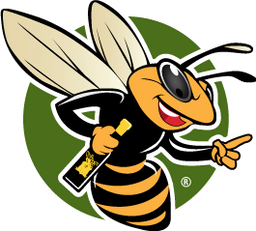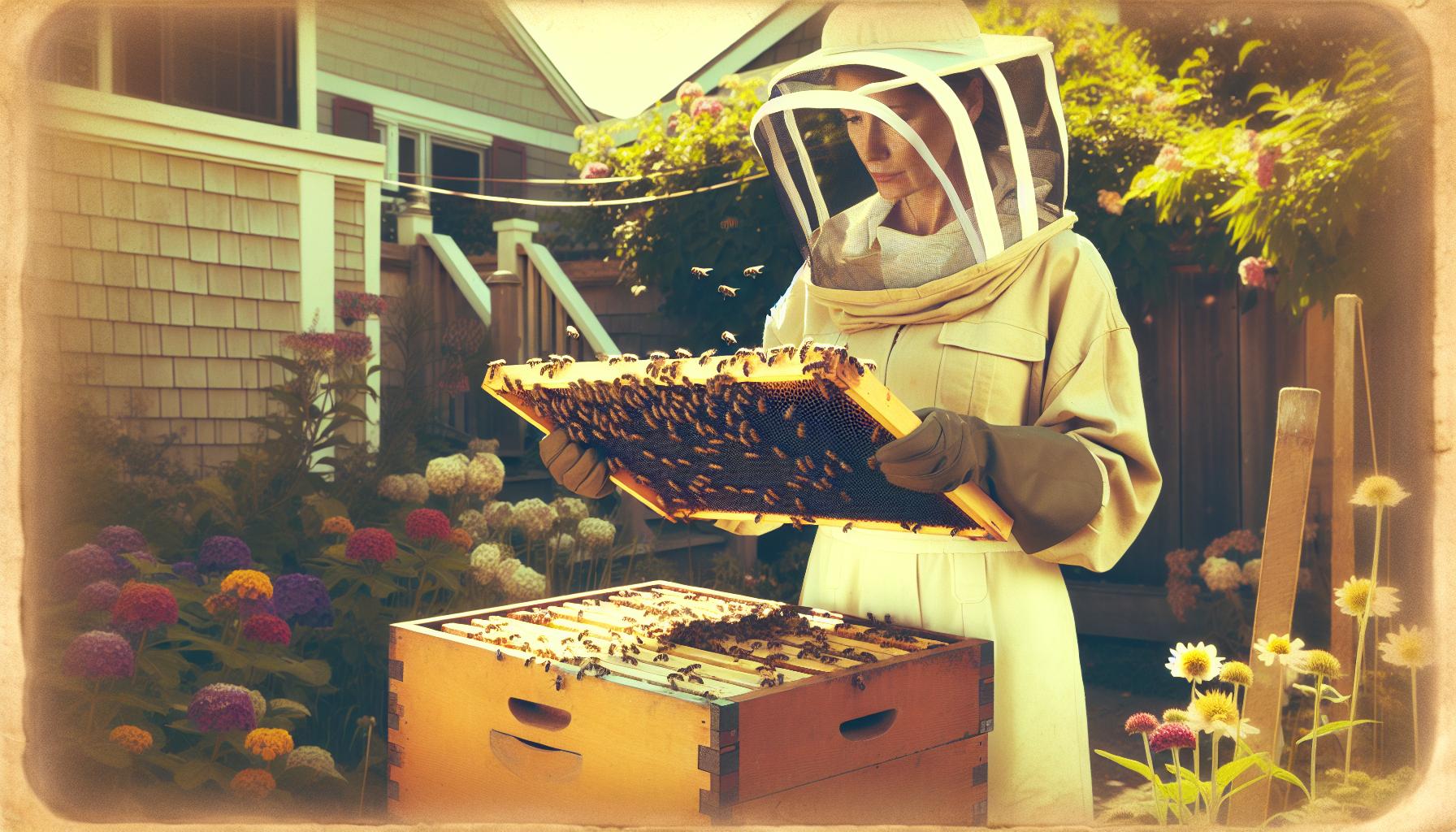Bees play a crucial role in our ecosystem, pollinating plants and contributing to food production. However, their presence can sometimes lead to unexpected challenges, especially when they invade residential areas or commercial spaces. Understanding effective bee control methods is essential for maintaining a harmonious balance between human activities and nature.
Implementing proper bee control strategies not only protects individuals from potential stings but also ensures the safety of these vital pollinators. By exploring various approaches to manage bee populations, homeowners and businesses can create safe environments while promoting ecological health. This article delves into effective techniques for bee control, emphasizing the importance of responsible practices that respect both human safety and bee conservation.
Overview of Bees Control
Bee control encompasses methods used to manage bee populations, especially when they invade human spaces. It balances the necessity of human safety with the conservation of these crucial pollinators.
Importance of Bees in Ecosystems
Bees serve as vital pollinators in ecosystems, ensuring the reproduction of flowering plants. They contribute significantly to global food production, impacting over 75% of the world’s crops and many wild plants. Healthy bee populations enhance biodiversity, supporting various animal species and strengthening plant communities. In agriculture, bees play a crucial role in increasing yields and improving crop quality.
Reasons for Bees Control
Bees may become problematic when they nest near human habitats, posing risks through aggressive behavior. Allergic reactions to bee stings can be life-threatening for some individuals. Property damage can occur if bees establish hives in structures, leading to structural weaknesses and safety hazards. Managing bee populations is essential to minimize these risks while promoting safe coexistence.
Methods of Bees Control
Effective bee control methods can mitigate the risks associated with bee encounters while ensuring ecological balance. The following strategies highlight various approaches for managing bee populations in human-inhabited areas.
Chemical Control Measures
Chemical control measures involve the application of insecticides designed to target bees. These products often contain active ingredients such as pyrethroids and neonicotinoids. While effective against bee populations, they pose risks to other pollinators and the broader ecosystem. Timing plays a crucial role; applying chemicals during the bees' inactive hours, such as late evening, minimizes exposure to non-target species. For safety, always follow label instructions and consider local regulations regarding pesticide use.
Biological Control Methods
Biological control methods leverage natural predators and pathogens to manage bee populations. Introducing predatory insects, such as specific wasp species, can help reduce excessive bee numbers. Another approach involves utilizing microorganisms that affect bee health, such as certain bacteria or fungi. These methods preserve beneficial pollinators and aim to maintain ecological balance. Establishing habitats that attract these natural controls, such as native plant gardens, enhances overall biodiversity while managing bee populations effectively.
Integrated Pest Management (IPM) Strategies
Integrated Pest Management (IPM) strategies focus on sustainable approaches to managing bee populations while minimizing harm to these crucial pollinators. Effective implementation of IPM relies on monitoring, assessment, and cultural practices.
Monitoring and Assessment
Monitoring and assessment form the backbone of successful IPM strategies. Regular observation helps identify bee activity and nesting locations. Establishing a monitoring schedule, such as bi-weekly inspections during peak season, enables timely interventions. Employing tools like traps or visual checks aids in understanding bee behavior and population dynamics. Accurate data collection on bee types and their activity levels allows for tailored management actions, reducing risks associated with invasive bee behaviors.
Cultural Practices
Cultural practices significantly influence bee management outcomes. Implementing habitat modification techniques can discourage undesired nesting. For instance, removing potential nesting sites, like debris or unmaintained structures, minimizes attraction for bees. Additionally, maintaining landscape diversity with native plants enhances natural pollinator habitats without fostering excessive bee populations. Educating property owners about the importance of bee-friendly practices further strengthens IPM efforts, ensuring a balance between human needs and pollinator conservation.
Challenges and Considerations in Bees Control
Bees control involves several challenges that require careful consideration to ensure both efficacy and ecological balance. This section addresses environmental impacts and regulatory concerns related to bee management.
Environmental Impact
Environmental impact plays a crucial role in bees control strategies. Chemical control measures, such as insecticides, often pose risks to non-target species, including other beneficial insects. Various studies indicate that neonicotinoids and pyrethroids can disrupt pollinator populations (Goulson, 2014). Responsible application timing reduces harm to non-target species, particularly during peak foraging times. Additionally, habitat alteration may affect local ecosystems, leading to a decline in biodiversity. Ensuring practices protect existing flora and fauna while managing bee populations promotes a healthier environment and supports pollinator health.
Regulatory Concerns
Regulatory concerns significantly influence bees control practices. Strict regulations govern pesticide usage to minimize environmental and health risks. For instance, the Environmental Protection Agency (EPA) sets guidelines on approved chemicals, emphasizing non-target species protection (EPA, 2020). Local statutes often dictate control measures, requiring adherence to specific protocols to prevent adverse effects. Furthermore, public awareness campaigns educate individuals about the permissible actions in managing bee populations, fostering community compliance and environmental stewardship. Recognizing and understanding these regulations ensures responsible practices while addressing safety and ecological concerns.
- Goulson, D. (2014). "An overview of the environmental risks posed by neonicotinoid insecticides." Journal of Applied Ecology.
- U.S. Environmental Protection Agency (2020). "Pesticide Registration."
Conclusion
Effective bee control is essential for maintaining a safe environment while respecting these vital pollinators. By employing sustainable methods like Integrated Pest Management and biological controls, it's possible to manage bee populations without jeopardizing their ecological contributions.
Education and awareness play a crucial role in fostering coexistence between humans and bees. Property owners can adopt bee-friendly practices and make informed decisions about control measures.
Ultimately, a balanced approach ensures that safety concerns are addressed while preserving the invaluable role bees play in our ecosystem. Protecting these creatures not only supports biodiversity but also secures food production for future generations.
Frequently Asked Questions
What role do bees play in our ecosystem?
Bees are crucial for pollinating over 75% of the world’s crops and supporting biodiversity. Their pollination efforts help in food production and maintaining healthy ecosystems, making them vital for both agriculture and the environment.
Why is bee control sometimes necessary?
Bee control is necessary when bee populations invade residential or commercial areas. This is important for ensuring human safety due to risks like aggressive behavior, allergic reactions to stings, and potential property damage from nesting.
What are effective methods for managing bee populations?
Effective methods for managing bees include chemical control (using insecticides like pyrethroids and neonicotinoids) and biological control (utilizing natural predators). Additionally, Integrated Pest Management (IPM) strategies focus on sustainable approaches to minimize harm to bees.
How can property owners prevent bee invasions?
Property owners can prevent bee invasions by modifying habitats to make them less attractive, regularly observing for bee activity, and educating themselves about bee-friendly practices. This proactive approach helps manage potential encounters with bees while promoting coexistence.
What are the environmental concerns with chemical bee control?
Chemical control can pose risks to non-target species and disrupt other pollinator populations. It's essential to consider the timing of pesticide applications to minimize these impacts and adhere to guidelines set by regulatory bodies like the EPA.
How does Integrated Pest Management (IPM) help with bee control?
IPM helps with bee control by combining various sustainable practices to manage bee populations while reducing harm to these essential pollinators. It emphasizes monitoring, habitat modifications, and community education to promote coexistence and ecological balance.



